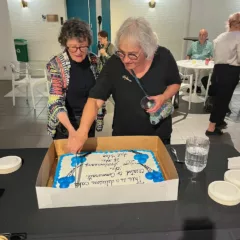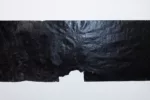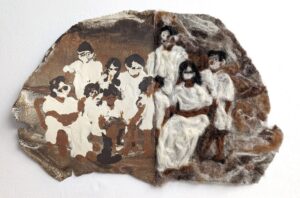Is there any word in the English language more deceptive in its simplicity than “Beauty”? Has anything so culturally and historically specific ever passed so slyly as universal? Did Power ever address us more intimately? For the past 30 years, photographer, scholar and MacArthur Genius awardee, Deborah Willis, has dedicated her camera to celebrating that slipperiest of concepts while mining its complexities. As an artist, she captures everyday black bodies in the act of shaping and inhabiting their own beauty concepts. Through her lectures, curatorial work and book projects (like 2013’s Out [o] Fashion Photography: Embracing Beauty and the 2009 blockbuster Posing Beauty: African American Images from the 1890s to the Present) she repositions the often overlooked work of black vernacular photographers as central to the history of American style.
While the newest exhibition of her work, Went Looking for Beauty: Refashioning Self, on view through April 29th at the African American Museum in Philadelphia, hits many of the familiar notes that fans of Willis have come to expect, it also signals a challenging shift in her practice.
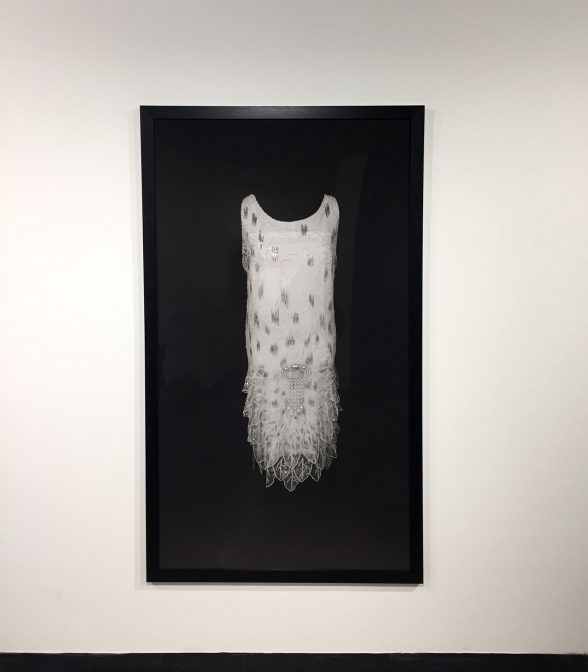
The solitary image that greets visitors as they climb the long, dimly-lit ramp into the exhibition space is not of an active poser (surprise number one), but of a floating beaded shift dress, all white and shimmering against a matte black background. The gown, on closer inspection an antique wedding dress, is truly a thing of beauty, realized here in minutest detail. Yet the overall impression this 2017 photograph leaves is of absence and even haunting.
By contrast, the main space of the gallery is bright and peopled with all manner of scenes — a testament to the omnivorous nature of Willis’s engagement with her subject matter. Though not explicitly labeled as such, the exhibition does more-or-less split into two thematic zones, separated by a central divider. On one side, images dating as far back as the late ‘90s depict a range of black communal spaces both occupied and vacant — a church, a street corner, a sacred grove, and one beauty parlor tableau after another. The daughter of North Philly salon owners, Willis grew up steeped in the grooming and self-care rituals of (her own and others’) black womanhood, so this imagery is particularly knowing and masterly, and the beauty Willis finds here is as active as it is relational.
In one black-and-white photograph, a beautician gingerly wipes speckles of hair from the freshly-shaven nape of her sitter’s neck using the corner of a towel and her index finger. In a particularly memorable image, artist Carrie Mae Weems appears, inspecting her freshly-coiffed ‘do in a hand-held mirror — a gesture of self-possession reflected back to the camera in the larger beauty shop mirror alongside her stylist’s own approving gaze.
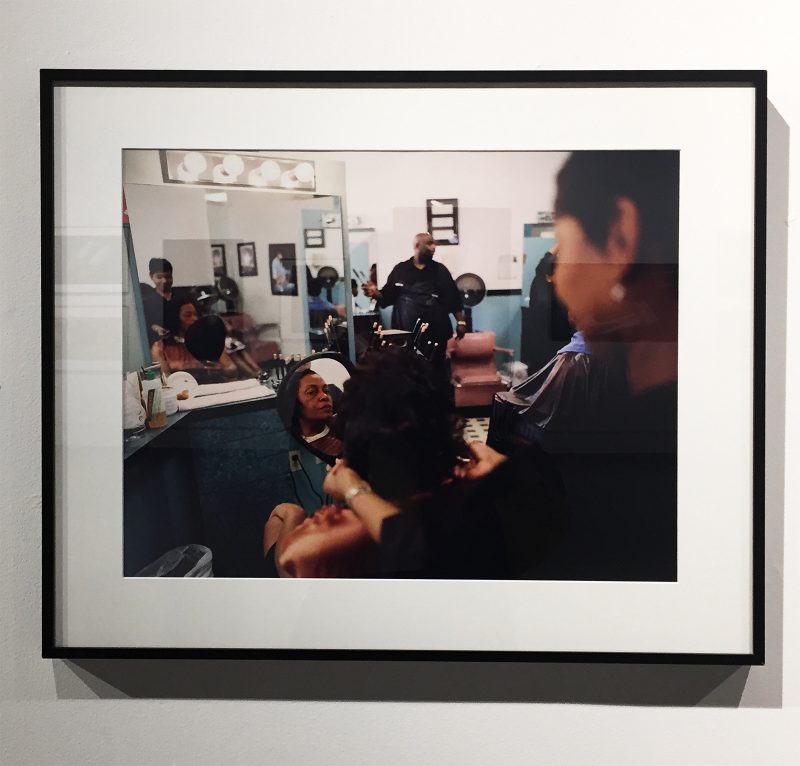
Across the gallery, a new and altogether different strain in Willis’s practice recalls the shimmering white frock at the show’s entrance. Large-scale prints of personal effects — satin dresses and silk and leather dress-shoes from a bygone era — are presented without the bodies and spaces that would give them context. Though lovingly preserved, and meticulously rendered, these heirlooms remain conspicuously mute. Yet I so want to read blackness into their histories that I almost reflexively imagine their absent bodies as black bodies. Is it possible that Willis has constructed these images precisely to trigger and confound that reflex? Do those aspects of self care which are culturally-specific leave a trace on the inanimate objects that make them possible? When a black photographer speaks about beauty, must she always speak of blackness?
A final cluster of new photographs, taken at the Villa la Pietra on NYU’s Florence campus, only further complicates these questions. Here, what appears to be a candid snapshot of Willis’s son, artist Hank Willis Thomas, taking in the villa’s impressive collection of paintings has been placed alongside a triptych of Blackamoors — European decorative objects, dating as far back as the 17th century, and characterized by their orientalist imagining of African bodies, often in positions of servitude. Willis uses her camera to lean into the troubling appeal of these gilded figurines, capturing them beautifully. Yet Thomas’s real, and beloved, body is a powerful antidote to the notion that black beauty could ever become unmoored from the practices of black life.
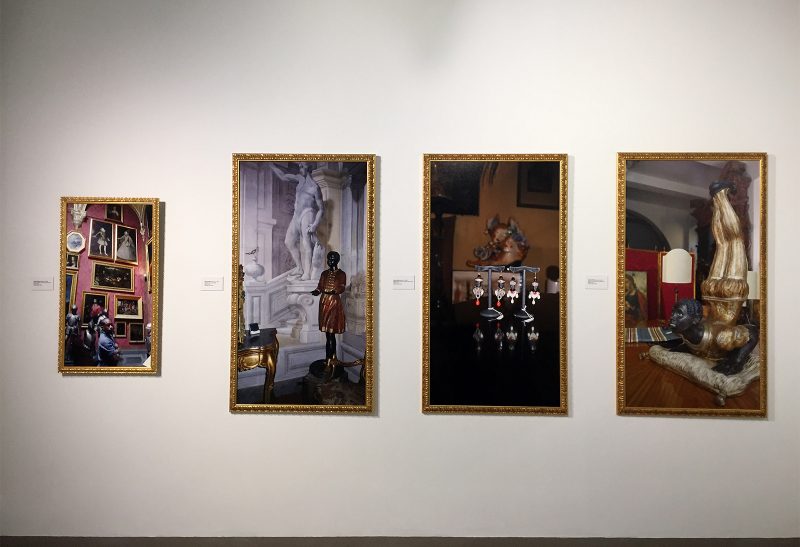
Went Looking for Beauty: Refashioning Self is on view at the African American Museum in Philadelphia through April 29th, 2018. Visit the AAMP website for events and other info.



